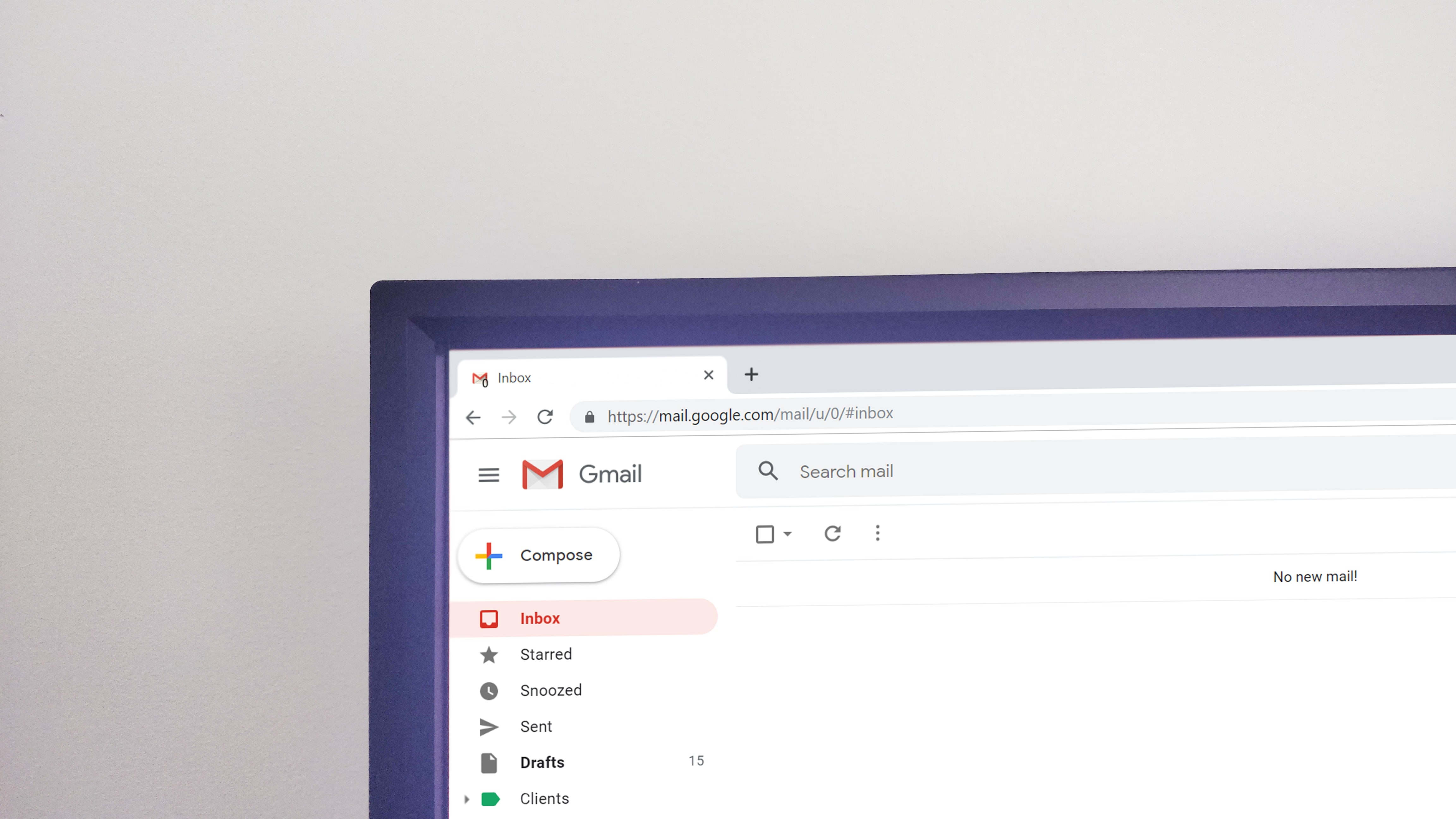Email Marketing has great potential both in ROI…and in annoying your customers into hitting that spam button and never looking back – let’s make sure you’re getting the former, not the latter.
If you are serious about Email Marketing, then the first thing you need is an email list, or, someone who actually wants your emails.
I repeat – do not buy names, emails, lists – because those people clearly do not want to be reached by you. Buying email addresses will only get you ignored at best and blocked at worst – so, don’t do it.
Now that that’s out of the way, let’s jump into our top 7 tips for doing email marketing right!
Your Subject Line Should Be Your Top Priority
Your subject line is like the title to your book, and it needs to be good if you want your average reader to pick it up and flip through it. Oftentimes email marketers ignore the subject line or make it something nondescript that doesn’t intrigue or entice the reader to open it – this is your first mistake, but it’s a big one.
Preview Text Matters (A Lot)
Right after your title, there’s preview text, and again, this is important. This preview text on your email tells what the email will be about, and you should craft it with these tips in mind:
- Don’t let your preview text get cut off right when you’re getting to the point
- Don’t make your email preview text bland and boring – no one will click
- Never let your preview text sound spammy as it might not even make it to their inbox
NEVER YELL AT YOUR READERS!!
Speaking of sounding spammy, nothing is worse than multiple exclamation marks, all caps, or other clearly spammy-marketing techniques. Avoid these telltale signs of bad email marketing and instead, opt for truly attractive subject lines and preview text to interest your readers.
Write for Real People
Now that we’ve gotten past the text you can see without opening the email – let’s dive into how you should craft the actual content of your mail.
Make sure it’s conversational, educational, or gives value to the reader, much like when you write content, blogs, or articles online. It’s the same audience (people online) so you should hold to all the same principles.
Remember that you don’t want to ask them to give something (time, money) unless you are giving them something as well. And in email marketing, you are giving value and information in exchange for their time and their contact information – don’t make them regret giving it to you!
Psychology Has a Place in Email Marketing
Did you know there is actually a lot of psychology in email marketing (and marketing in general)? If not, prepare for a crash course:
- Time-limited discounts actually work very well, because as a culture we never want to miss out on something good. This means that (within reason) use scarcity and urgency in your email to encourage clicks or your specific CTA
- Humans are very curious creatures, this means we will most likely give you a click if it means we can finish the story, blog, or are intrigued into wanting to know more. Consider not posting your entire blog in your email, or beckoning your readers to finish the story or article on your website
- Colors can have a large impact on your reader’s feeling about your deal, product, even business, check out more on color psychology here, and remember to make your CTAs pop by making them a different, vibrant color
- We look where others are looking, this means using faces or pictures of people who are looking towards your CTA or products can be helpful in increasing your click through rates
- Personalization is a huge influencing factor that merges both psychology and email marketing…in fact, it’s such a great tip, it should get its own category…
Personalization Goes a Long Way
Have you ever read an email and just know, deep down in your gut, that it was sent out to 1,000+ other people too? How’d you feel about that?
Sure, if it was a huge store like Walmart sending out an email about back-to-school specials, I don’t need it to be personalized, because I know they aren’t sending it just to me. But if you’re sending out an email to see if someone wants to do business with you, or partner with you, it better be personalized.
Mention their company name, their area, their own name, or at least make sure the email caters to their specific and unique needs.
Choose a Goal & Stick to it
Too many CTAs can be messy at best and confusing at worse, make your email clean and clear by only including a single goal.
Want them to visit your website? Have a button or two, anchor text, and pictures that link back to your site. You don’t have to have only one CTA button or one form of CTA in your email, but you should avoid housing multiple CTAs for different goals in the same email.
Do You Need Help with Your Email Marketing? JSL Marketing & Web Design is Happy to Assist!
We love email marketing and we love the ROI we’ve seen first-hand, but if you’re still struggling to make your email marketing strategy work for you, then let us help you create the perfect strategy for your online goals!
Contact us at 817.435.1350 or fill out a form here!

